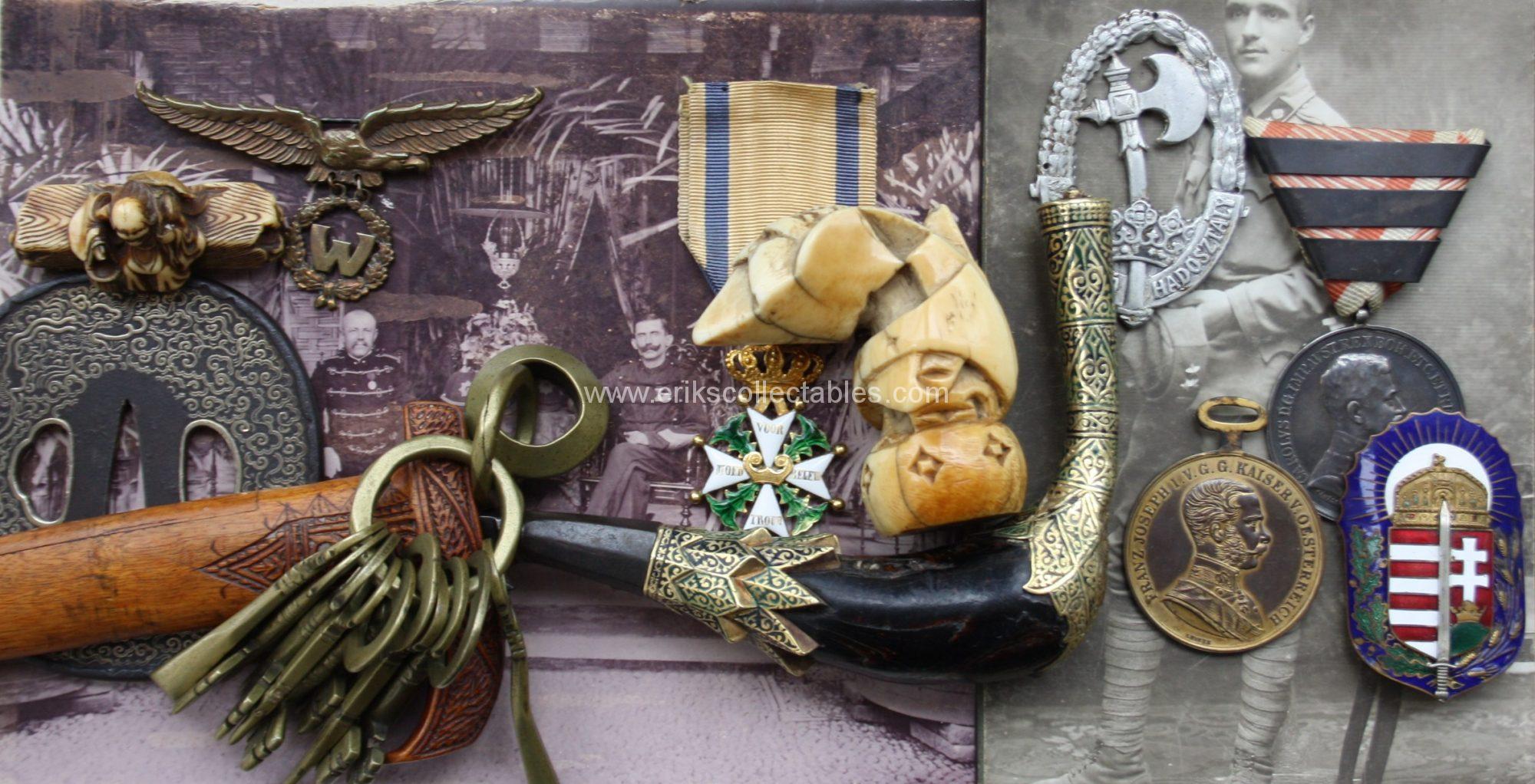The name of this decoration tells exactly what it is, a cross for civilians that showed merit during war time assisting the Austro-Hungarian empire. The cross existed in four classes and could be awarded both to foreigners and citizens.

The third class was in silver, 2nd class gilded and 4th class bronze. The document are related to the 3rd class so a silver one as pictured above (photo from internet).

The documents in this blog are made out to a German police commisioner (Polizeirat) from Leipzig named Theodor Dix. And as it often happens with researching civilians that is where it more or less stops…

With the development of online research possibilities more and more sources are available. So maybe in the future I hope to extend this short blog.
So far only this showed up:

It states that Dix held a presentation for a society regarding “Use and succes of our Medical dogs on the battlefields. So my working hypothesis is that he was in his role of police commisioner involved in these sanitary dogs that were used by many armies at that time including the German and Austro-Hungarian forces. Photo’s below from the internet, not my collection.









































